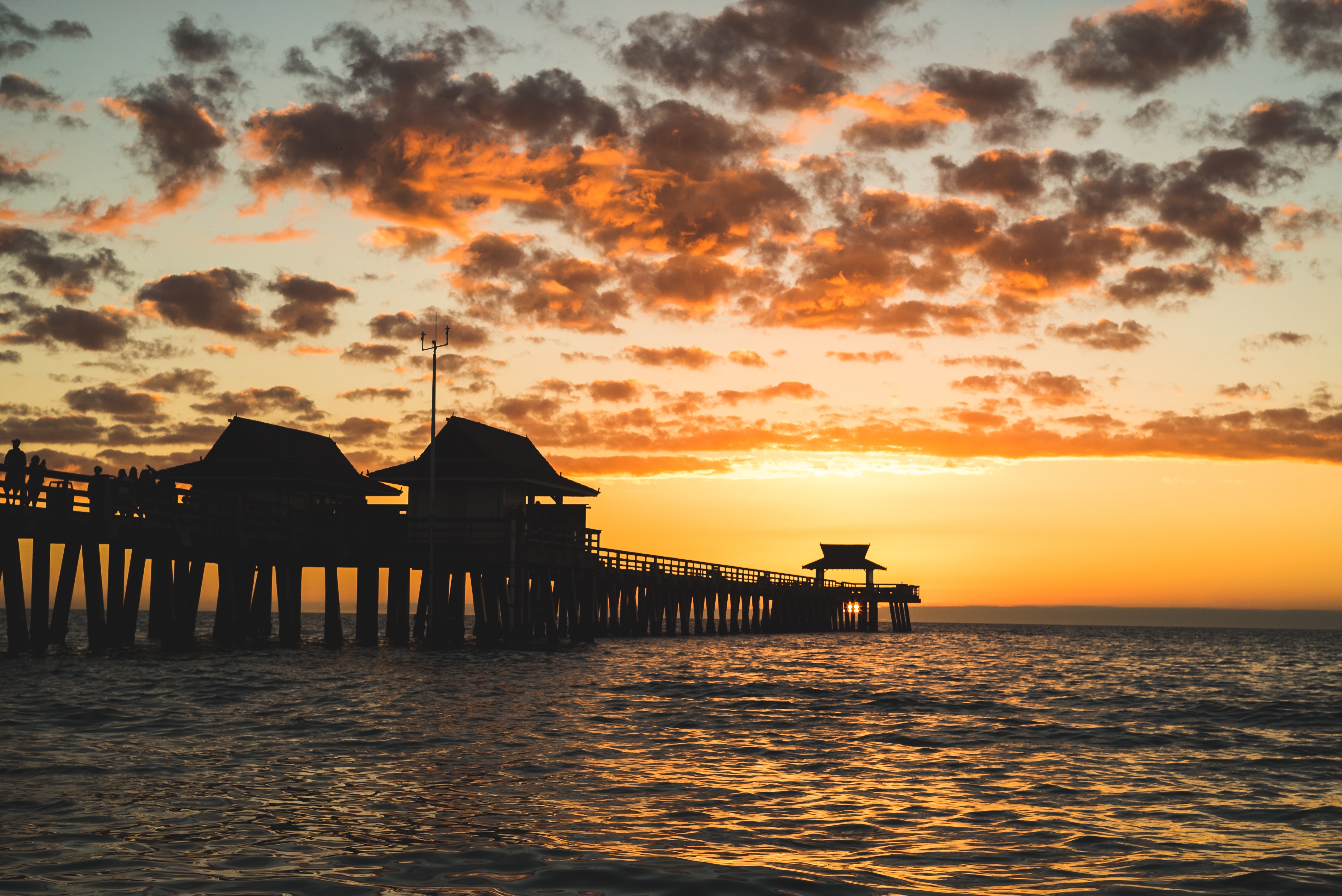
You don’t have to be a frequent boater or conservationist to have heard the fear and dread spreading around the words “red tide.” Making headlines across the state of Florida and beyond, the threat of red tide is very real, but do you understand the risks it poses to wildlife and swimmers? Let’s break down some fast facts to make sure you’re staying safe on the water.
What Do I Need to Know About Red Tide?
What is red tide? Red tide is a harmful algae bloom caused by an overabundance of nutrients in the water, allowing the algae to feed and grow.
What causes red tide? Though red tide occurs naturally, some scientists point to runoff from septic tanks and agriculture for further fuelling algae growth.
Why is red tide harmful? Simply put, the red tide algae is harmful due to two major factors: it produces toxins and can decrease oxygen in the water.
What can be negatively affected by red tide? Everything and everyone in or around the affected waters. Fish can be strangled by the lack of oxygen in the water, die due to the toxins produced by the algae or harm the predators that consume them. Shorelines can become littered with dead sea life, leading to less-than-fun beachgoing conditions. Human swimmers risk skin and eye irritation, as well as respiratory issues in red tide conditions. Winds can even blow toxins onto land, affecting those nearby.
Can I fish during a red tide? Fish may be safe to eat (as long as they are filleted and guts are disposed of) but shellfish should be avoided.
Is it safe to boat during a red tide? Yes! However, you will want to check in on the Florida Fish and Wildlife Commission’s updated red tide status and steer clear of affected areas (especially if you plan on swimming).
Red tide is bad news for our shorelines and those who call them home. From the ecosystem to the economy, this bloom of microscopic life can spell big problems for Florida. But as we deal with this unfortunately frequent issue, understanding its dangers can help keep your next day at the beach or boating adventure from drifting into murky waters.
For more information on red tide, visit this helpful FAQ from the Florida Fish and Wildlife Commision.
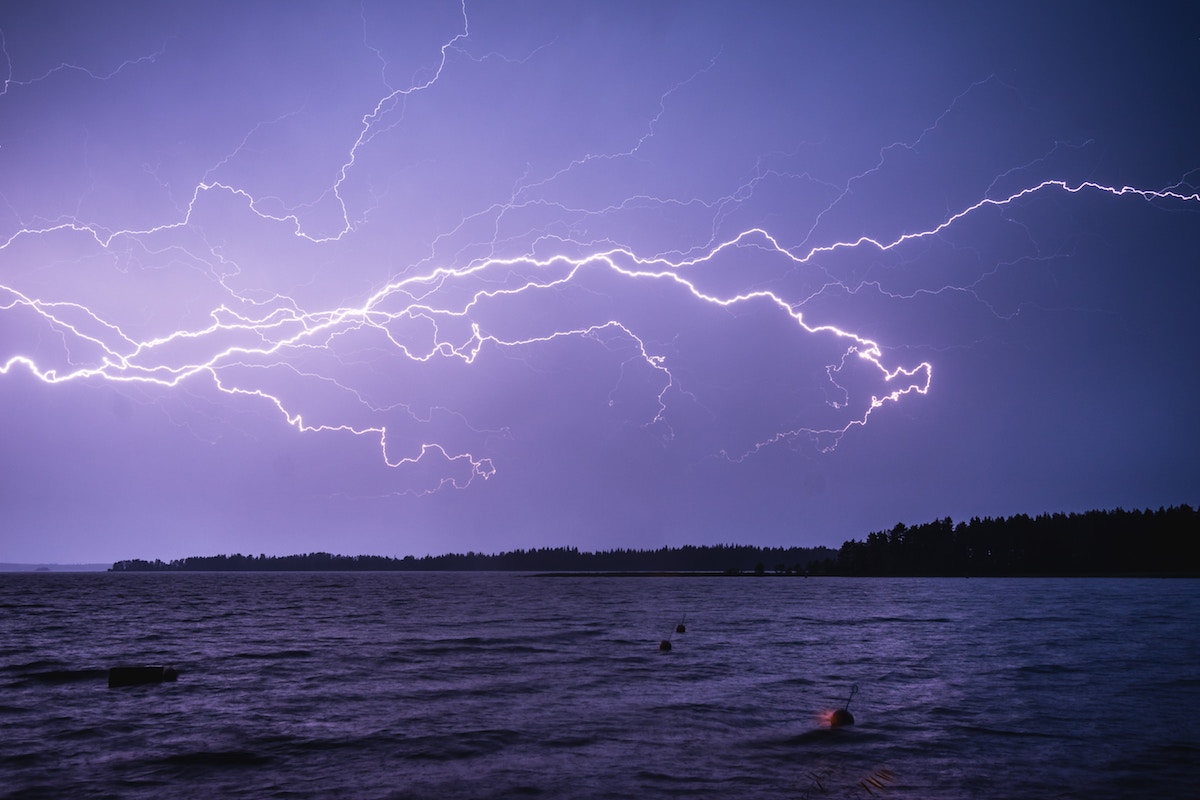
The summer is on its way, and with it, sunshine, pool parties and, unfortunately, the danger of lightning for boaters–a bummer, we know. However, there are three simple boating safety tips that can help you steer clear of potential risks. When the thunder starts rumbling, do you know what to do?
- When in Doubt, Don’t Head Out: This one’s pretty simple but worth reiterating: if bad weather is forecasted to hit when you plan on being on the water, adjust your plans. Though some regions see thunderstorms nearly daily, they can often be predicted and scheduled around.
Remember that many summertime thunderstorms, especially in the southeast, tend to come in the afternoon. Always check the latest forecasts and current weather conditions before and during your trip to stay well out of the way of dangerous lightning strikes.
- The 30-Minute Rule: If you hear thunder while boating, seek shelter inside of your vessel if it is enclosed. Immediately stop swimming, tubing or doing other activities in or around the water and don’t resume them until there has been a break in the thunder for at least 30 minutes. Also, avoid touching metal surfaces and never use your VHF unless it is an absolute emergency during a lightning storm.
- Boat Lightning Protection: Lightning rods, also known as air terminals, can be installed on a boat and wired to a ground plate that would connect to and help insulate other metal objects on the vessel. During a lightning storm, you can protect your electronics by storing them in an onboard microwave, which will act as a Faraday cage–a container that, like a car, will protect whatever is inside of it from lightning.
By keeping track of the weather, following the 30-minute rule and protecting your boat before hitting the water, you can help reduce the risk of dangerous lightning strikes. Though getting struck by lightning is generally a rare occurrence, this is one force of nature you do not want to take your chances with. As always, stay safe, avoid those summer thunderstorms and have a great time while on the water!
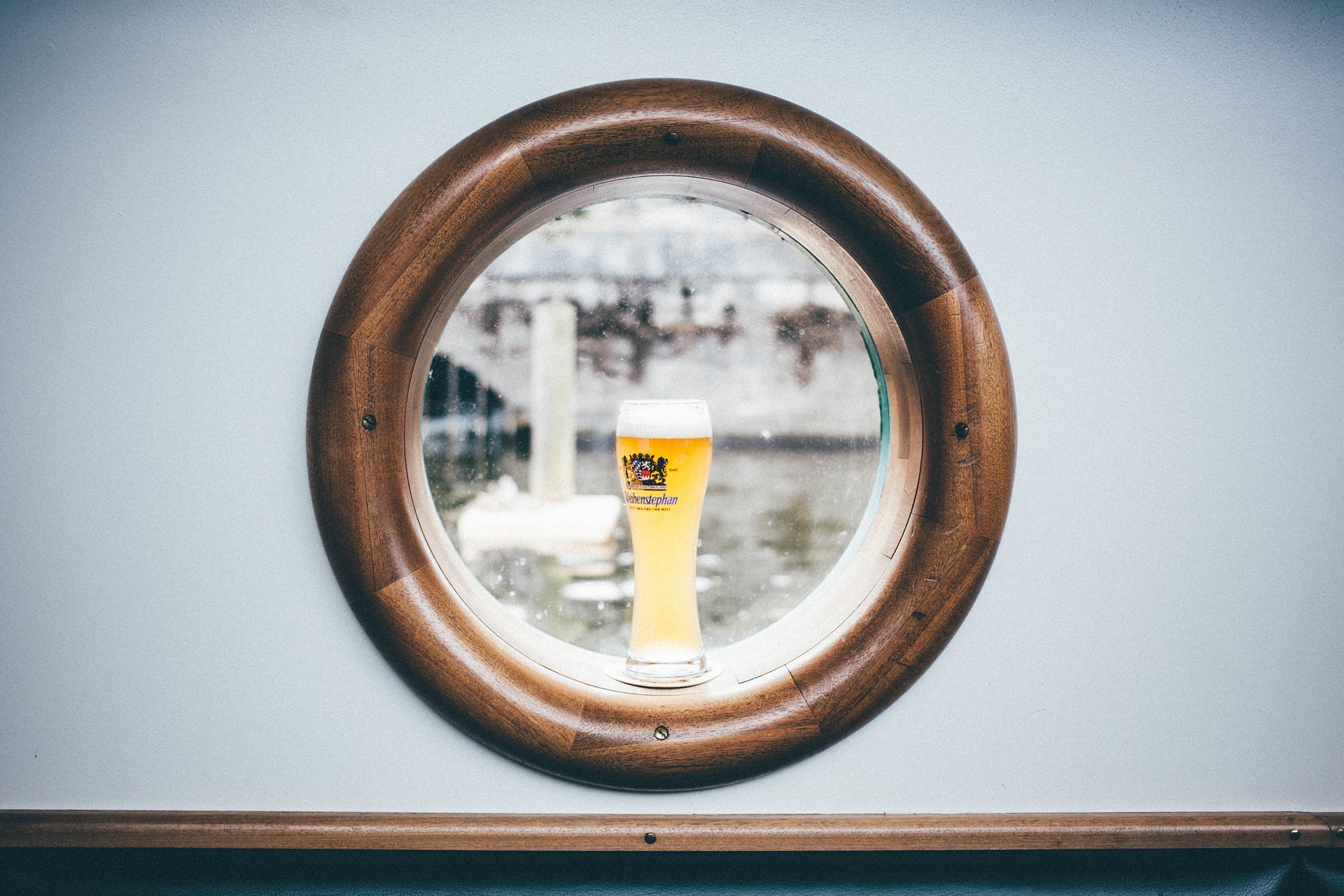
Would you take a few shots, knock back some beers or sip on a slew of cocktails before getting behind the wheel of your car? Well, what makes driving under the influence any different than boating under the influence? Some make the mistake of thinking that BUI is somehow safer than DUI because there are fewer boats on most waterways than there are cars on the road. But the statistics don’t lie; according to the American Boating Association, the leading contributor to fatal boating accidents is alcohol.
That being said, some still decide to recklessly operate their boat inebriated. For those people, there are laws in place to add a little incentive to do the right thing.
Quick Facts About Florida’s Boating Under the Influence Law
- Drinking and boating is not illegal unless the boat’s operator is above the legal BAC limit of .08 for those 21 years of age and older, or if the officer believes the operator is considerably impaired.
- An officer is allowed to stop a boat if they catch the operator speeding or operating recklessly.
- Boating while intoxicated by recreational drugs other than alcohol is also considered boating under the influence.
- Certain prescription medications that can hinder judgment or reaction times can lead to reckless boat operation and persecution under the boating under the influence law.
- The US Coast Guard has the right to arrest those found boating under the influence off of Florida’s shoreline.
- All boats, from canoes to superyachts, fall under Florida’s boating under the influence law.
Consequences for Boating Under the Influence
- First conviction: $250-$500 and up to six months of jail time
- Second conviction: $500-$1,000 and up to nine months of jail time
- Third conviction: $1,000-$2,500 and up to 12 months of jail time
Understand that fines and jail (or even prison time) only become more serious when arrests occur within 10 years of a prior boating under the influence arrest, or when an accident damages property or people.
Last year saw 701 deadly boating accidents. This is a lifestyle we love, but boating safety must be respected and followed in order to keep you, your family and all others who enjoy boating having fun while on the water. Though it may be tempting to indulge while taking the boat out, it is never worth risking your life and the lives of others.
Have fun, be safe and we’ll see you on the water this summer.
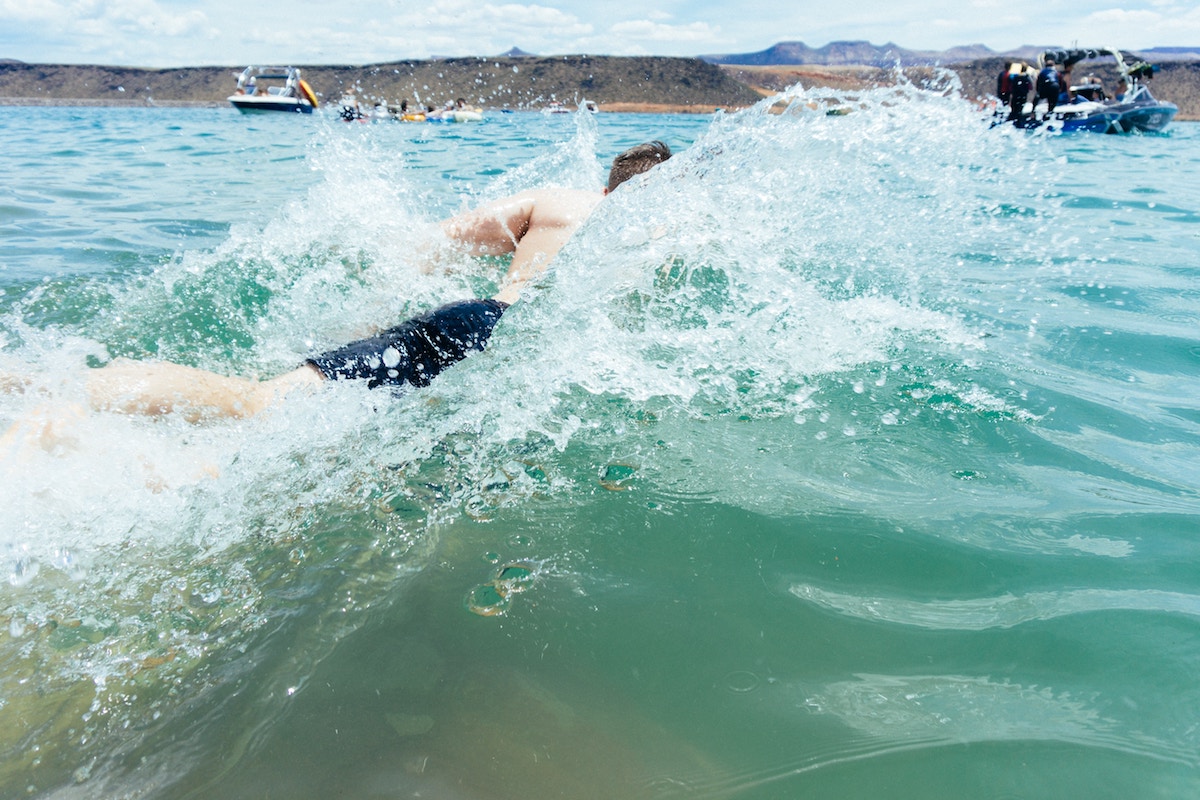
Though plenty of boaters prefer staying dry on their trips on the water, many others love to enjoy cooling off in the water during these hot summer months. The ocean, streams and even relatively placid lakes can be far different beasts than the swimming pools that most are more familiar with. Before you or your loved ones take a dip, make sure you know these water safety tips to help keep your next boating trip a safe one.
- Stay Sober: As we’ve warned before, drinking and boating can be just as dangerous as drinking and driving. The safety risks also apply to swimming after knocking back a few. As alcohol dehydrates you (on top of the scorching sun) and impairs your judgment, it’s easy to see the potential risks you face when trying to swim while impaired. Save the drinks for when you’re back on shore.
- Stay Aware: Keep a close eye on friends and family who decide to take a dip. It’s surprisingly easy to lose track of people, especially when currents and waves can unknowingly drift swimmers from your boat. Kids and the elderly are especially important to watch, as they can sometimes lose track of the boat or become fatigued more quickly than others.
- Watch the Weather: Especially in the summer months, weather can be… temperamental. Always keep track of the local forecast and an eye out for dark clouds and thunder. At the first signs that a storm may be brewing, pack it in and head back to shore before the waterworks begin. Lightning, especially in Florida, is a deadly serious concern that you do not want to play with.
- PFDs for Added Protection: Personal floatation devices (PFDs), aka life jackets, can quite literally be lifesavers when enjoying time on the water. Though you won’t be doing any diving in them, having a PFD on can keep your head above water if you drift away or simply run out of steam while swimming, giving the boater, or emergency services, enough time to reach you and bring you safely back on board.
- Never Go Alone: Though we all need a bit of “me” time, going for a swim when boating alone can be a costly mistake. As we stated above, waters can be deceptive, and you can find yourself pulled away from your boat by an unseen current. Even with company, you should let someone on shore know your plan for the day, including float plan and schedule, just in case.
Armed with these water safety tips, we hope you all enjoy the summer on, and in, the water. Just try to keep the drinks for later, keep a close eye on swimmers, watch for bad weather, keep a PFD on and never go it alone as it’s always important that you have a blast without putting safety on the back burner. Have fun and we’ll see you on the water.
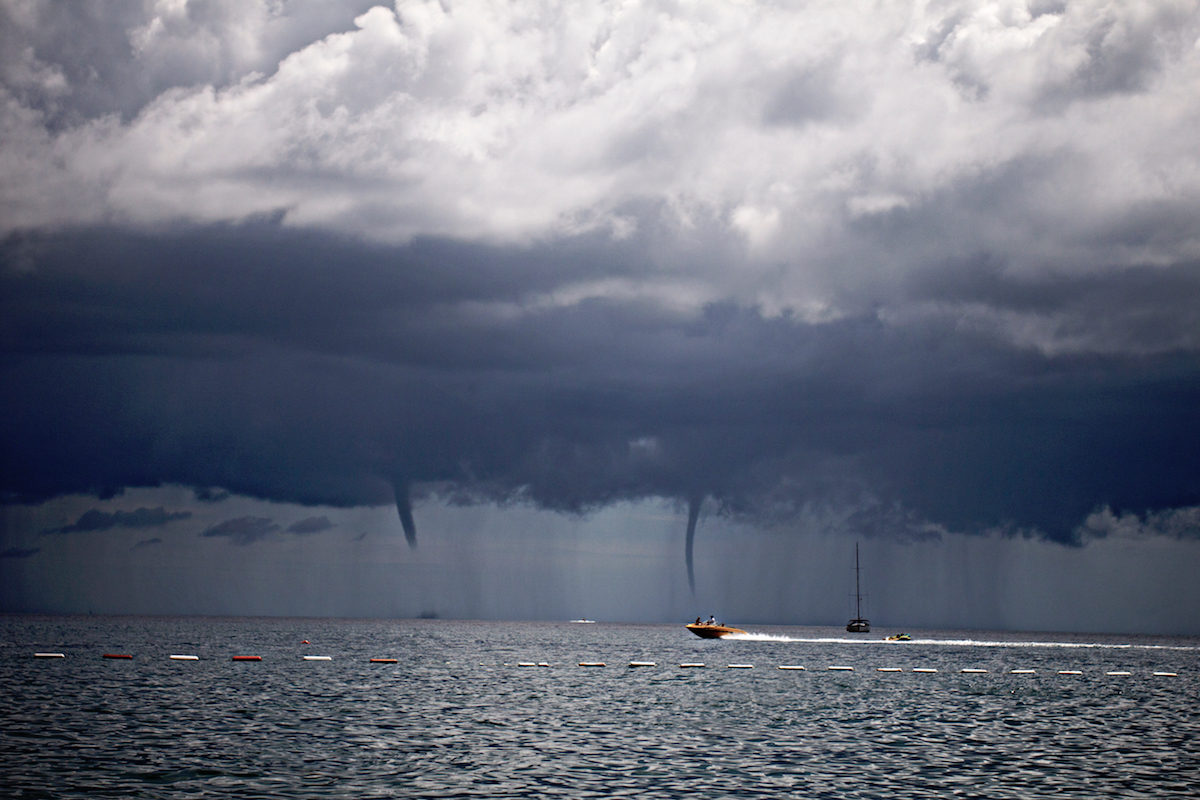
With hurricane season 2017 quickly approaching, it’s officially time to make sure your boat can handle the weather woes that may be headed our way: powerful waves, devastating winds, torrential rain and more. Though we all hope for a quiet season, this is one case where the “better safe than sorry” mantra definitely applies. So, what can you do to make sure your boat is shipshape when the next “big one” comes knocking?
How to Prep for Hurricane Season 2017
- Call me maybe: Though texting and tweeting may have made actually calling on the phone a rarity, you may want to ring your boat insurer and marina or dock owner to get the lowdown on what you’re covered for in case of a storm. Just as importantly, you can find out what the insurance company expects you to do to prepare for a hurricane. If you don’t do everything expected of you by your insurance company, you may have to foot the bill for repairs after the hurricane wreaks havoc.
- Check it out: Just like your pre-departure checklist, you should also create a to-do list of steps to take once a hurricane watch is announced, including the likes of safety equipment to check, legal paperwork to put together and items to stow safely on shore.
- If you gotta go, you gotta go: Never–and we mean ever–try to ride out a hurricane in order to keep an eye on your boat. Though you may see your vessel as an extension of the family, the truth is, you should never risk your life for it. Do your best to prepare for the storm and then stay out of its way.
Hurricane season 2017 is coming, and with it, the risk of big storms and major damage. We’ve been mostly lucky in recent years when it comes to hurricanes, but, as we all know, luck can only last so long. Do your due diligence, call your insurance company and marina/dock owner, write up a hurricane season 2017 to-do list and, most of all, get out of the way of the storm or stay safely sheltered if it becomes apparent that you’re in the line of fire. Here’s to a season of safe boating!






